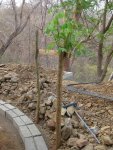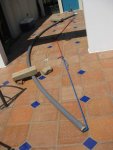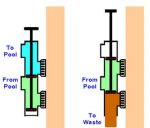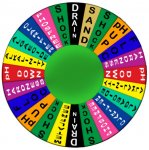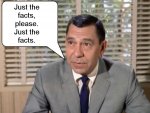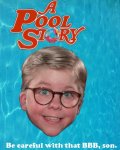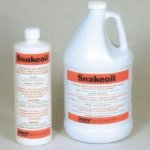I'm still trying to figure this out so any assistance is greatly appreciated. I have the Jandy Aquapure SWG and not sure it is producing the proper clorine level. I have the salt production set at 70 percent and the pump running eight hours per day. My pool is roughly 25,000 gallons.
I've had the Aquapure running this way for the past four days and when I checked my chlorine level it was almost non existant. My CYA is fine as is my ph level. My salt level is reading at 3000PPM. Can you get a faulty salt cell or are they pretty much the steady part of the equation? I checked it to see if it was dirty or had any calcium build up and it looked brand new. I've only had it for a few months. Any thoughts.
I've even tried to measure the chlorine from the returns to see if it is coming out and get no change in readings. Keep in mind that the pool temp is 74 and has no swimming activity at all. Thanks.
I've had the Aquapure running this way for the past four days and when I checked my chlorine level it was almost non existant. My CYA is fine as is my ph level. My salt level is reading at 3000PPM. Can you get a faulty salt cell or are they pretty much the steady part of the equation? I checked it to see if it was dirty or had any calcium build up and it looked brand new. I've only had it for a few months. Any thoughts.
I've even tried to measure the chlorine from the returns to see if it is coming out and get no change in readings. Keep in mind that the pool temp is 74 and has no swimming activity at all. Thanks.


